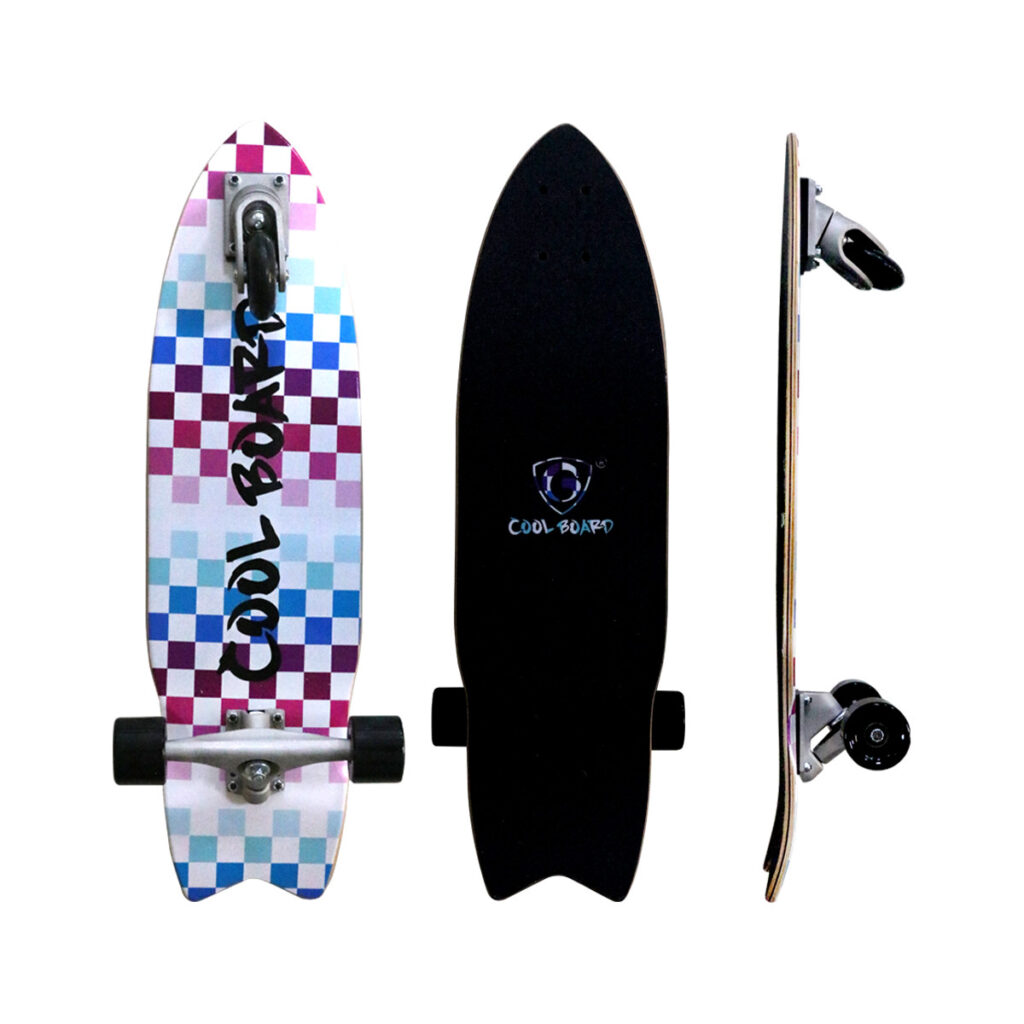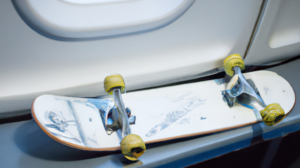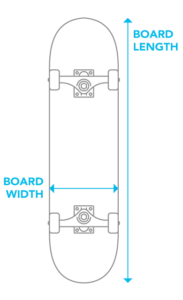In the purchase of skateboards, we will buy a complete, well-tuned skateboard. So many people seem to learn to assemble the skateboard seems to be the intention is not too necessary. However, we can always find a store to provide us with repair services if needed, but learning how to assemble the skateboard themselves, both for the daily maintenance of the skateboard or encountering some small problems that need to replace parts, is beneficial. And it is not difficult to learn how to assemble a skateboard.
Anyone can assemble their skateboard from scratch with the right tools, patience, and guidance.
This article will give you a detailed step-by-step guide on assembling a skateboard, so come along and learn.

Skateboard components and tools
Before assembling your skateboard, you must have all the necessary tools and parts ready.
First of all, you need a skateboard deck, which is the main component of the skateboard, and you can find decks in various shapes, sizes, and designs. Of course, you will also need skateboard trucks, wheels, and grip straps. They are thin, tough materials used to stick to the top of the deck and can provide traction for your feet. In addition to these major components, you will need small parts such as screws, nuts, and bolts to attach the bogies and wheels to the deck.
The following is a list of what you will need to be prepared.
– Skateboard grip straps.
– Skateboard bearings.
– Skateboard hardware.
– Risers or shock-absorbing pads (optional).
– Spacers (optional).
– Deck rails (optional).
– Skate tools.
– Artwork knives.
Steps to assemble the skateboard
1. Installing the Grip Tape
The first step in assembling your skateboard is to attach the grip tape to the skateboard. First, you will need a hobby knife, razor, or other sharp objects to remove the old grip tape from the board.
Once removed, you can attach the new sandpaper layer to the board. Hold the tape with your thumb and index finger, centering it with the gritty side facing up the deck, so it is completely covered with tape.
When satisfied with the grip, remove the backing, place it over the tape, and press slowly from the center toward the edges. Next, use a file, screwdriver, or truck to file around the edge of the board at the top of the gripper tape, so you get the outline of the deck and a clean cut.
Cut off any excess and ensure the grip tape is securely attached and sticks firmly to the deck.
2. Installing the truck
The steering rack is the metal base of the skateboard that attaches the wheels to the board and allows it to turn. There are two trucks for each skateboard. To install them, you will need to use the bolts on the hardware or a screwdriver from the skateboard tool to punch holes in the grip tape.
First, place the bolts into the holes from the top. If needed, you can mark the nose and tail with different colored bolts, so you always know where the front and back are located.
Then the truck comes under the deck. If you want to use pads, now is the time to put them between the deck and the truck, gluing them to the bolts. Now place the truck on the four bolts, ensuring the main pin of the truck faces the middle of the deck. Using the nuts for the hardware, screw the truck firmly to the deck using, for example, a slide tool.
Finally, tighten the nuts until the bolt heads are flush with the grab strap. Double-check to make sure the truck is securely mounted.
3. Insert the bearings
The next step is to insert the bearings into the wheels. You can use a skid plate tool to remove the bearing spacer from the wheel. Once the spacer is removed, insert the bearing into the wheel. Loosen the axle nut on the axle and remove the upper governor ring. Now place the bearing on the axle with the shield facing down. If you have shields (small cover rings) on both sides of the bearings, it does not matter how they are placed on the axle.
4. Install the wheel
Once the above steps are complete, use the root of your hand to press the wheel down on the bearing until it is fully in the wheel. You should hear a slight clicking sound when the bearing is properly installed. Make sure the wheel is straight. If the bearing is still bent or oriented the wrong way in the wheel, you can pry it with the axle.
Perform all of these actions again on the second bearing.
You can put a shim in at this point if you wish. The shim ensures that your bearings remain parallel to each other at all times. Place the shim on the second bearing and press the wheel down onto it as before.
Put the second speed ring back on the shaft and tighten the shaft nut onto the threads. After that, tighten the nut. You shouldn’t do this with too much force because you don’t want to damage the bearing.
After this, loosen the nut slightly. The wheels should have a little give. Perform the same task for the other three wheels, and your setup is ready.
5. Installing the deck rails (optional)
If you want to mount the rails to the deck, place them on the deck and align them as needed.
Ideally, there should be some space between them and the edge of the board, and they should be parallel. Starting with the screws in the middle, tighten them one after the other from the inside out.
Conclusion
Assembling a skateboard is not a very difficult task. With the right tools and knowledge, you can do it quickly. After familiarizing yourself with adjusting the skateboard and replacing accessories, you can do it yourself without running to a specialized repair store or store for help.
But remember not to rush to try out the skateboard after it’s assembled, but to double-check to ensure that the steering rack and wheels are firmly connected and that the grip straps are firmly in place. After the inspection, you can start to try your results.
If you are interested in learning more about skateboarding, remember to pay attention to Jiesen Sport’s website, we are a professional skateboard manufacturer and your best skateboard supplier.







